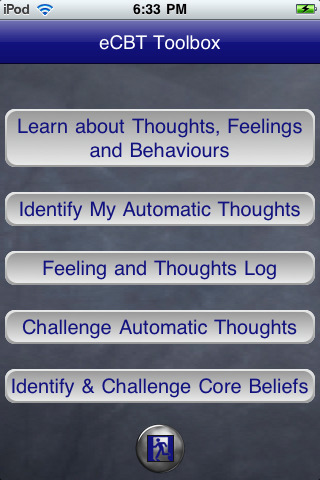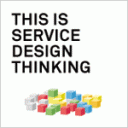DSM-5: Insight into How Minds Don’t Work
Monday, February 15th, 2010 The diagnostic and statistical manual of mental disorders (DSM) provides a formal classification system for understanding the many ways in which our minds don’t work properly. It is published by the American Psychiatric Society and is widely used in the US as a standard tool for psychiatric diagnosis. The fifth version of the manual (DSM-5) has been under development for the last 10 years and is due out on May 2013. An advanced look at the DSM-5 has been officially released and generated considerable reaction. For an overview of the changes and potential implications check out the reviews in the Psychiatric Times and The World of Psychology.
The diagnostic and statistical manual of mental disorders (DSM) provides a formal classification system for understanding the many ways in which our minds don’t work properly. It is published by the American Psychiatric Society and is widely used in the US as a standard tool for psychiatric diagnosis. The fifth version of the manual (DSM-5) has been under development for the last 10 years and is due out on May 2013. An advanced look at the DSM-5 has been officially released and generated considerable reaction. For an overview of the changes and potential implications check out the reviews in the Psychiatric Times and The World of Psychology.













